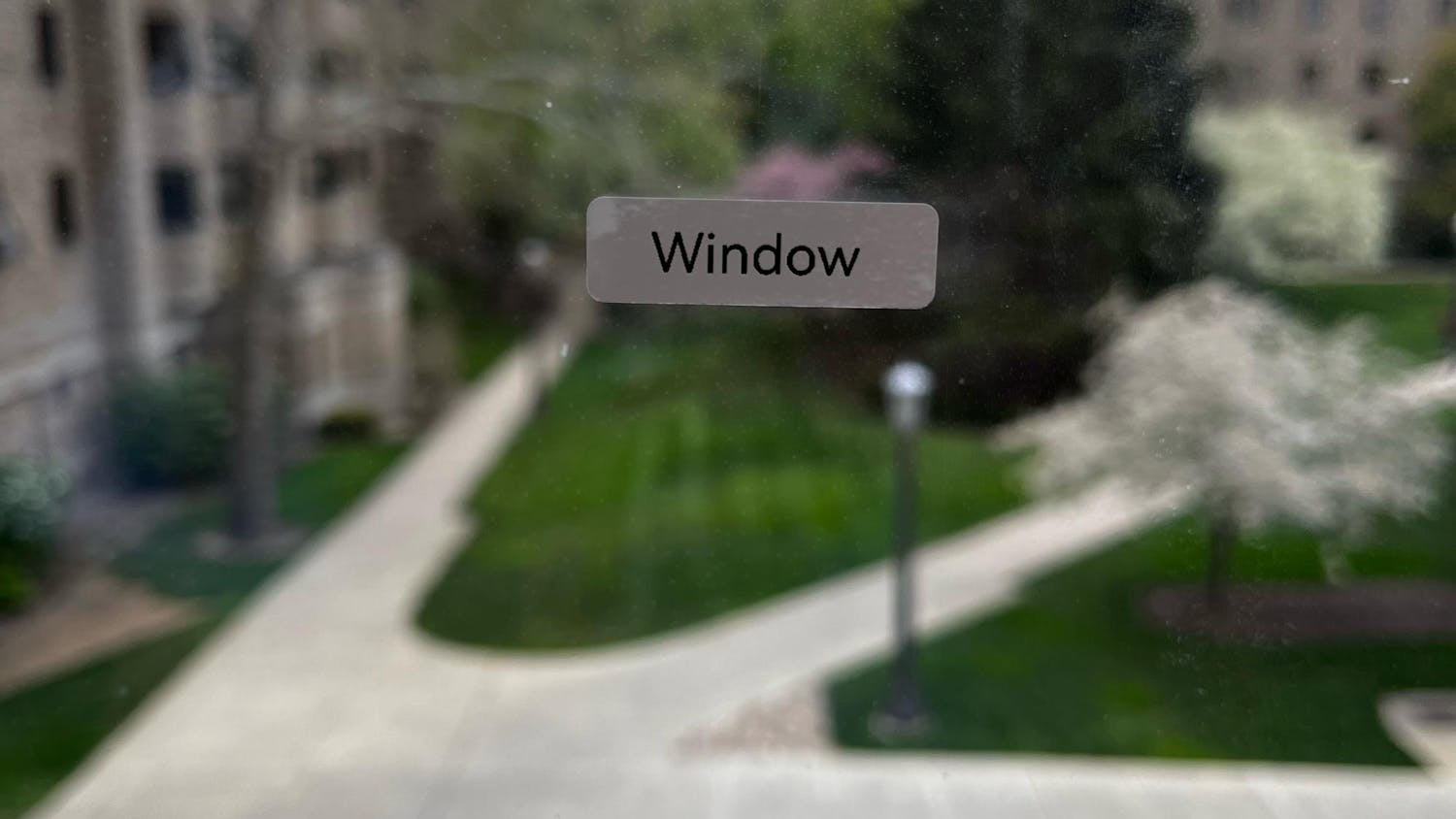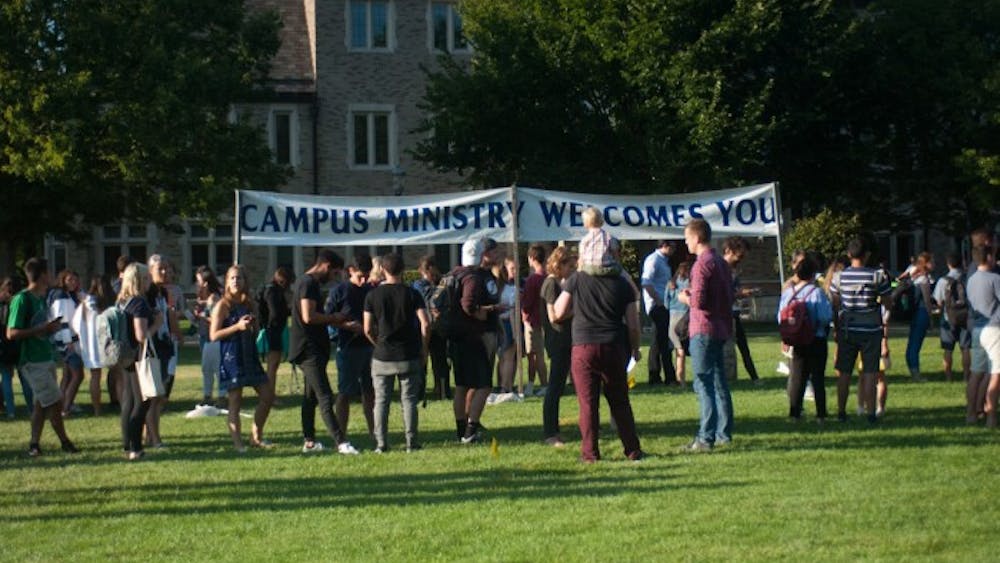Students at the University of California, Berkeley held a protest Oct. 21 to advocate for the creation of “safe spaces” segregated by race and gender identity. The protest erupted after Berkeley’s administration made the decision to move a “safe space” from the fifth floor to the basement level of a building on campus. In response, a mob of students formed a human chain near the center of campus, obstructing a major entrance and preventing white students from getting to class. Footage of the event reveals protestors yelling “Go around!” to white students, while allowing only students of color to pass through.
This protest represents not only the latest manifestation of “safe space” ideology, but a gross perversion of civil rights activism. Whereas the 1960s civil rights movement sought to end racial segregation and discrimination, this demonstration seems to be actively advancing it. It is exceedingly difficult, if not impossible, to reconcile the message of these protestors with that of Dr. Martin Luther King Jr. in 1963. He dreamt of a world in which people of all colors would set aside racial labels and “sit down together at the table of brotherhood.” He understood that social inclusion, and not racial exclusion, was the key to overcoming bigotry and divisiveness.
It was this same vision for humanity that drove the landmark Brown v. Board of Education case and outlawed racial segregation in America. It was this vision that has enabled the civil rights movement to make such tremendous strides over the last half century. And yet, so-called progressive students at Berkeley are still demanding non-white facilities and segregated “safe spaces” so many years later. To the casual observer, the signs “Fight for Spaces of Color” are eerily reminiscent of those held by white segregationists in Little Rock in 1959.
This protest is just the latest example of an increasingly regressive view of social activism on Berkeley’s campus. Last year, the university chose to expand its segregated housing for students of color. Andres Castro Arms, currently a student housing cooperative, is transitioning to become a “People of Color” house this fall. In recent years, the administration has also designated a growing number of “safe spaces” on campus, although it seems these are no longer enough for the self-proclaimed crusaders of social justice.
“Spaces of color,” on the other hand, not only shield students from differing viewpoints, they also aim to protect students from those with differing skin colors. Such a policy is not only racist in its underlying assumptions, but also in its desired effects. Universities should be working to bring students together, not driving them apart through a policy of racial separatism.
Sadly, segregated spaces for students of color are quickly becoming commonplace on many university campuses. The University of Connecticut announced earlier this year that it would open a dormitory and offer classes explicitly for black students. According to the University’s webpage, the initiative is “designed to support the scholastic efforts of male students who identify as African American/Black.” Administrators maintain that the program will be entirely voluntary, and that it has the full support of UConn’s various black advocacy groups. However, while there are those who would applaud this policy of racial separatism as a progressive victory, it will be irreparably damaging to students’ education and long-term personal development.
The harmful effects of segregation are not undone by the positive intentions of those who support it. Policies that advance racial separatism inherently divide white and non-white students from one another, resulting in discrimination, racial polarization and hurtful stereotyping. This, in turn, subverts campus unity and disrupts the academic community as a whole.
As centers of intellectual thought, universities should build and foster healthy relations among students through inclusive and meaningful collaboration. Students and administrators alike have to realize that racially divisive policies and segregated facilities are the cause of — and not the solution to — insularity and intolerance on campus.
We live in a nation increasingly divided by identity politics and partisan bigotry. Complex social issues have been reduced to a series of sterile dichotomies: white vs. black, men vs. women, democrat vs republican, etc. These categorical labels diminish the individual, as we become little more than the color of our skin, our sex and our voting preference.
America’s greatest strength is that it was founded on great ideas: ideas of inalienable rights and of a government instituted by the people for the people. As Americans, we are all united by these ideas as one, regardless of skin color, gender, religion, ethnicity or even nationality. Rather than perpetuating racial separatism, our nation should embrace our common values and work toward a better future together. In the words of President Barack Obama, “there’s not a black America and white America and Latino America and Asian America; there’s the United States of America.”













